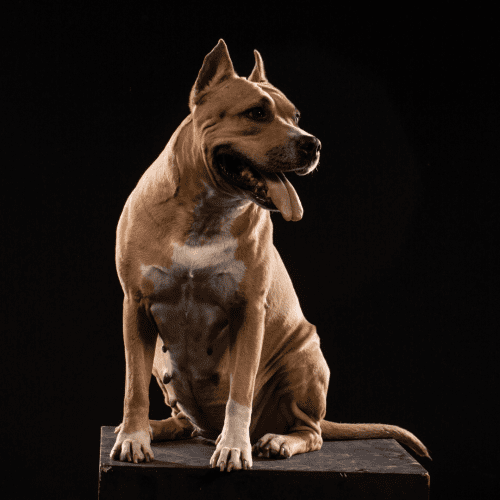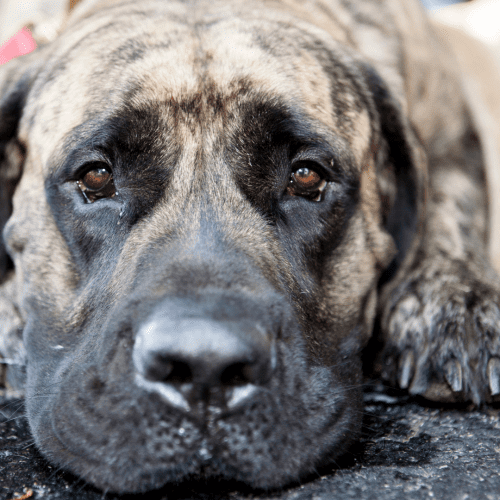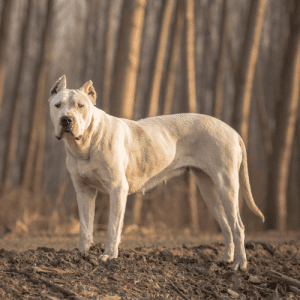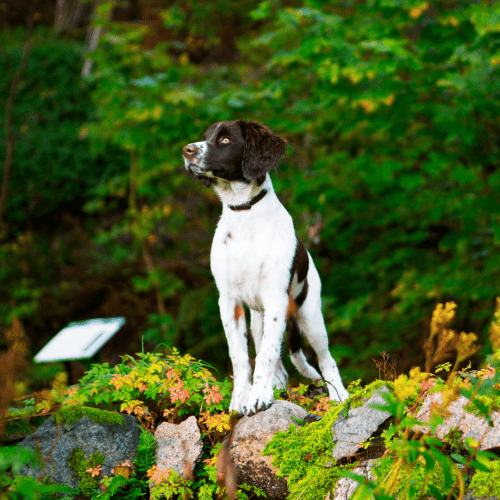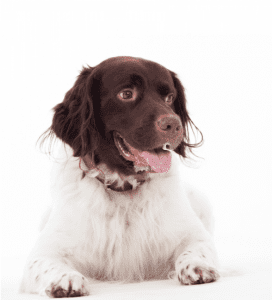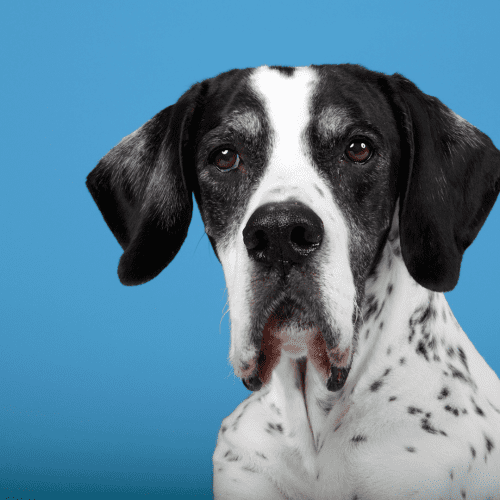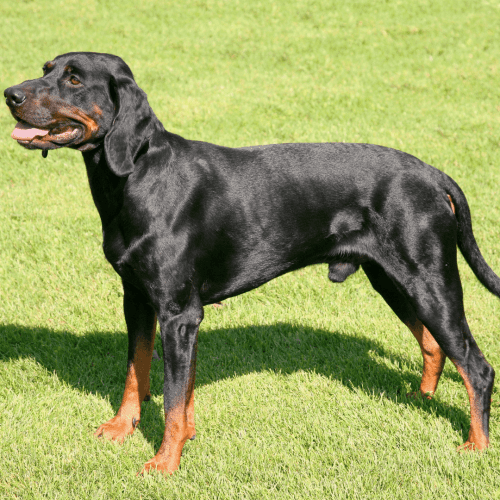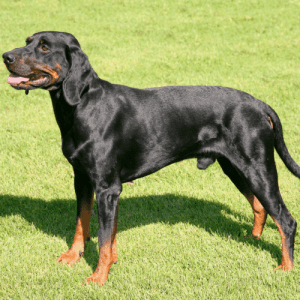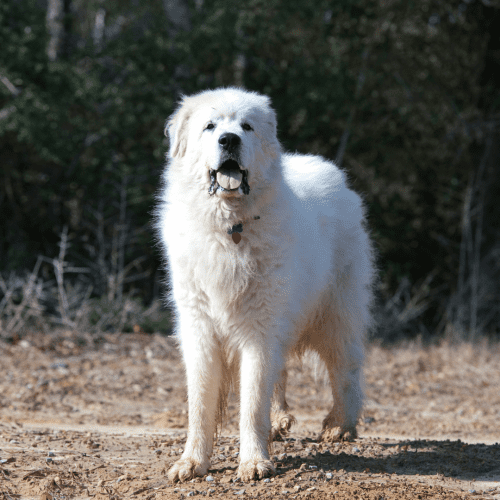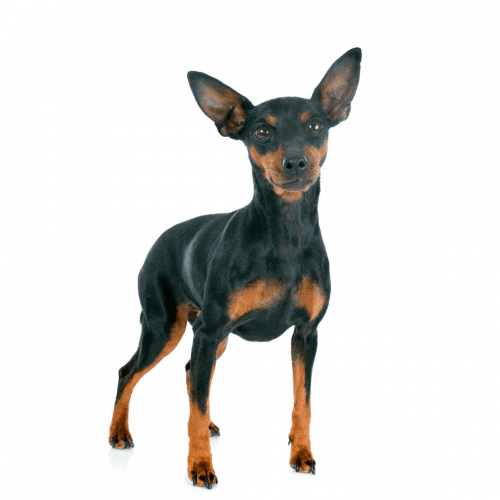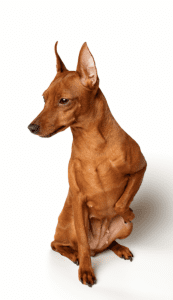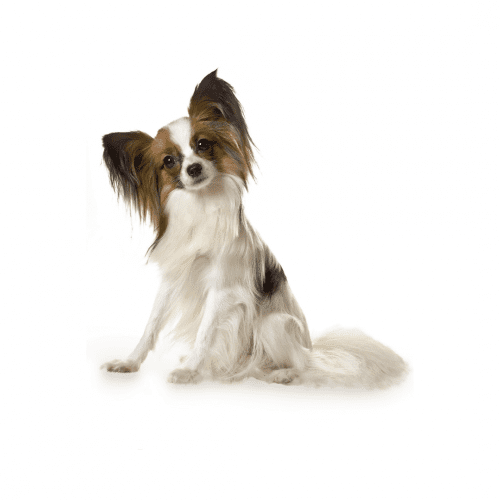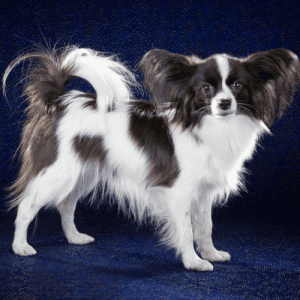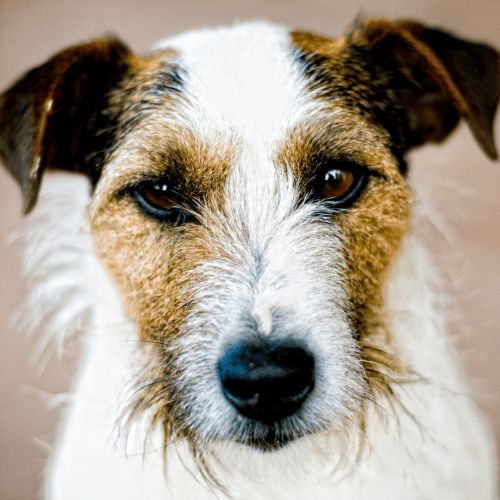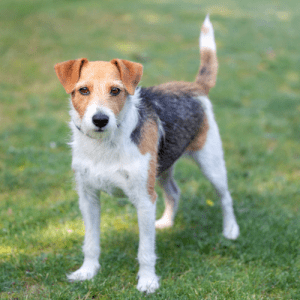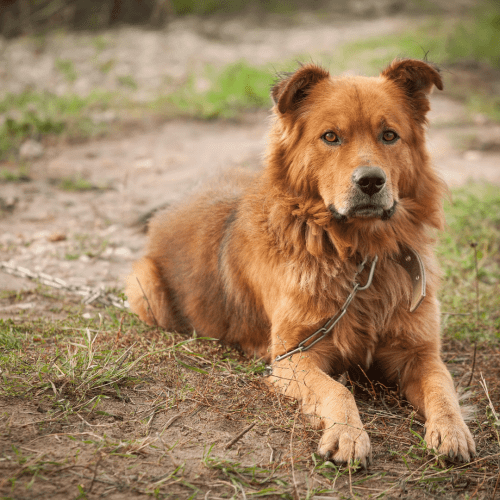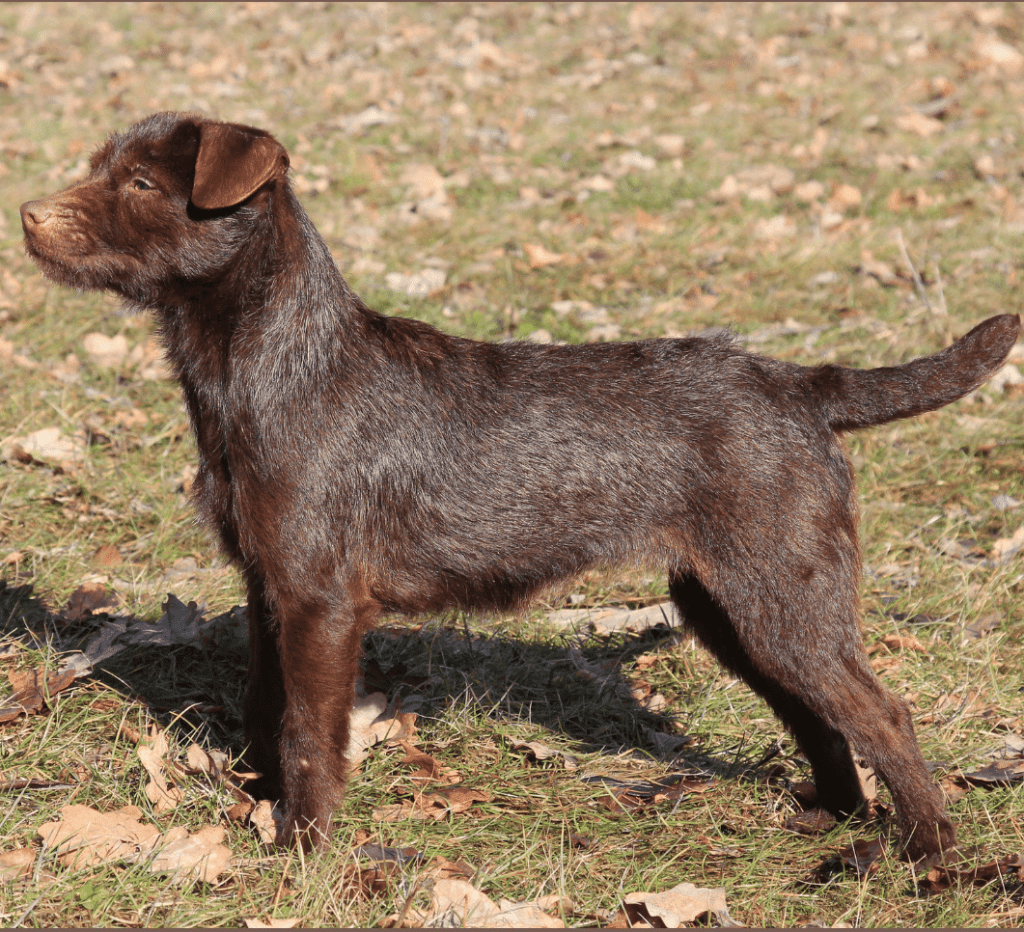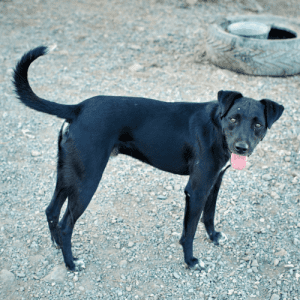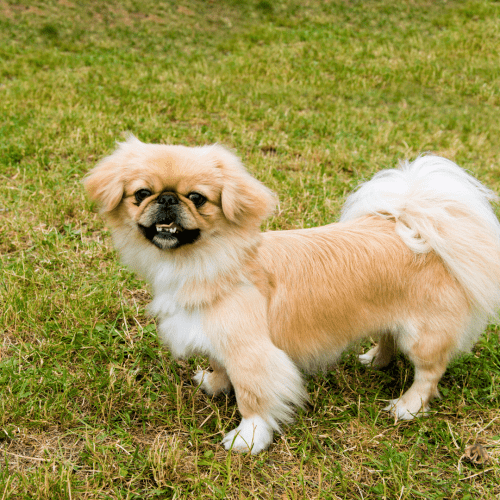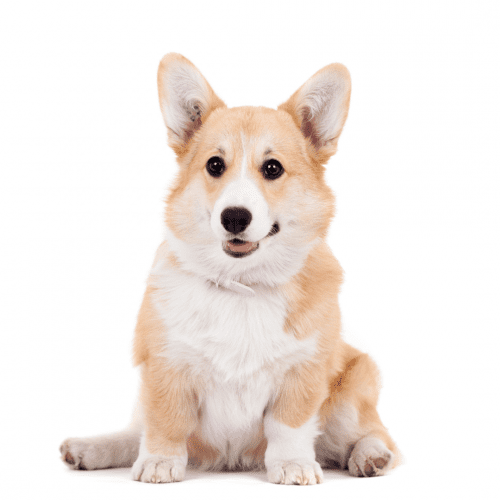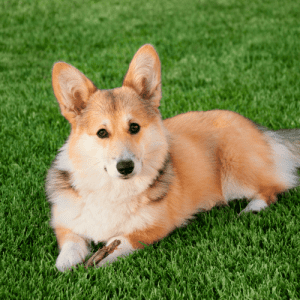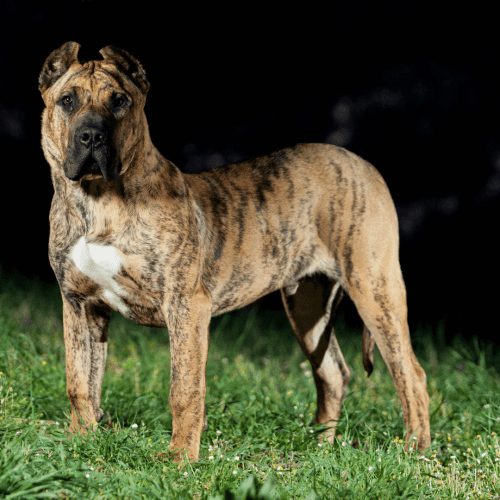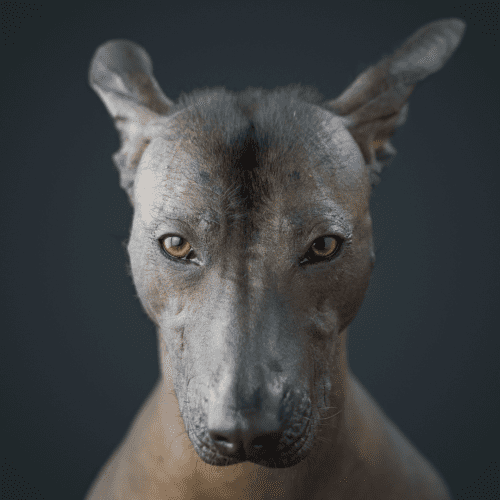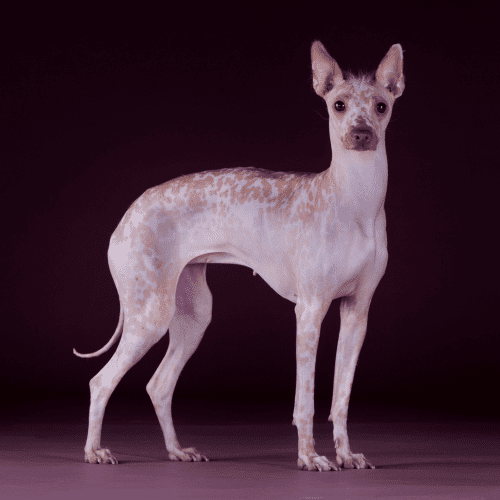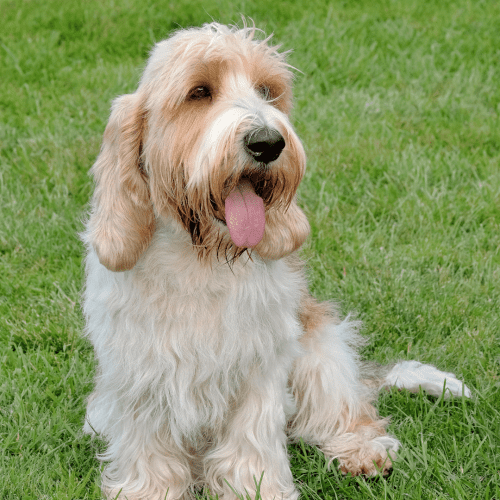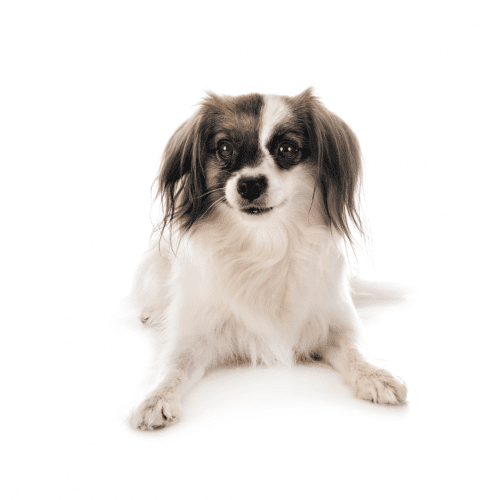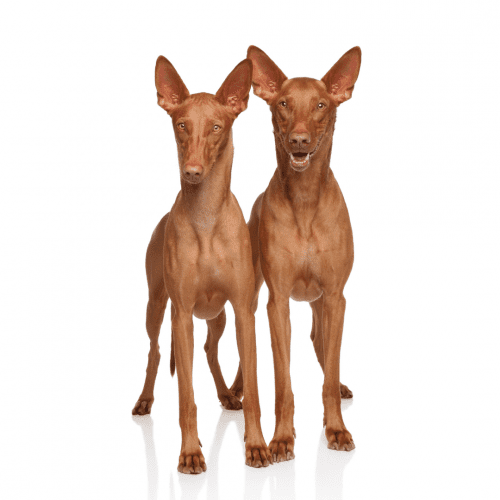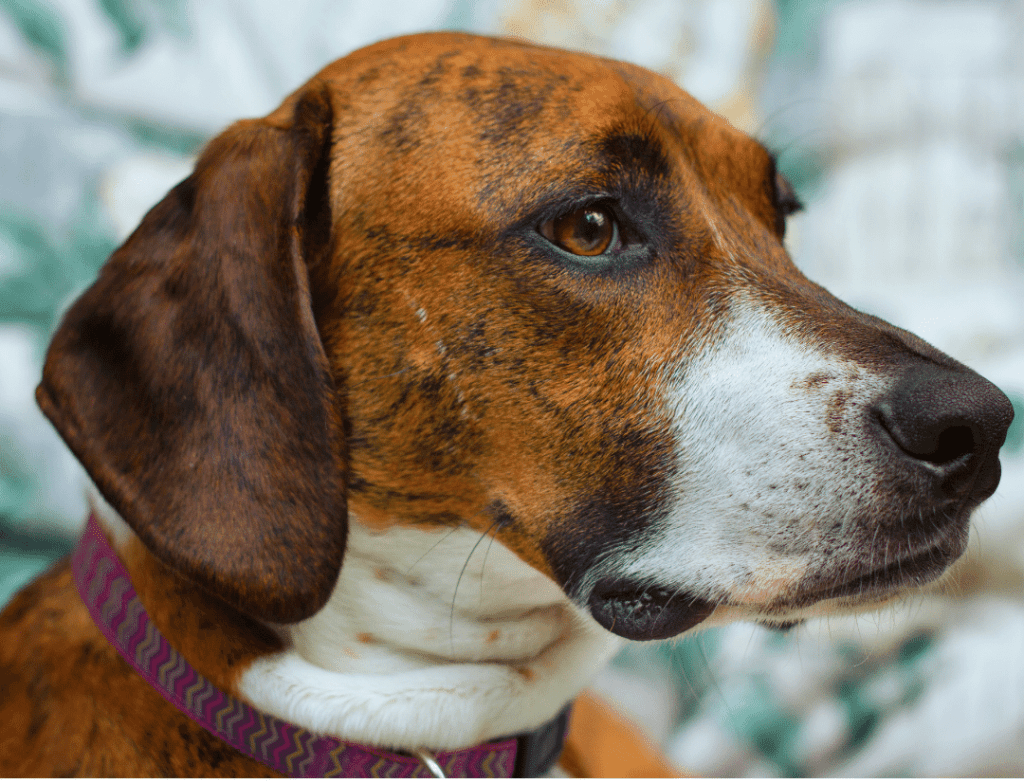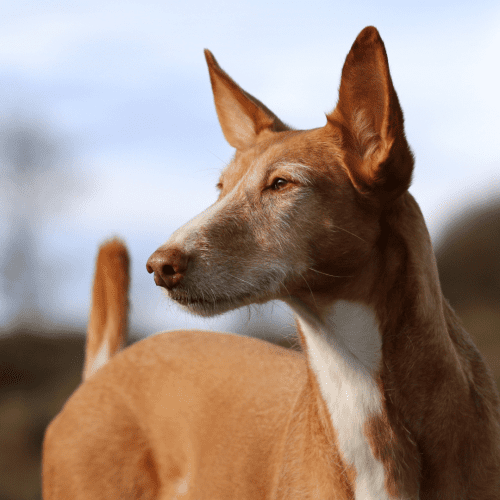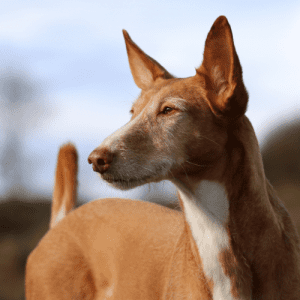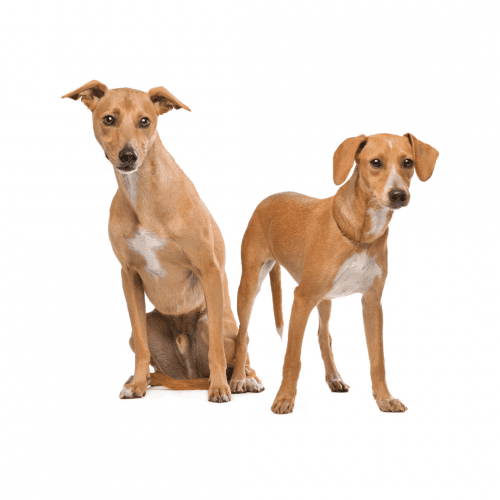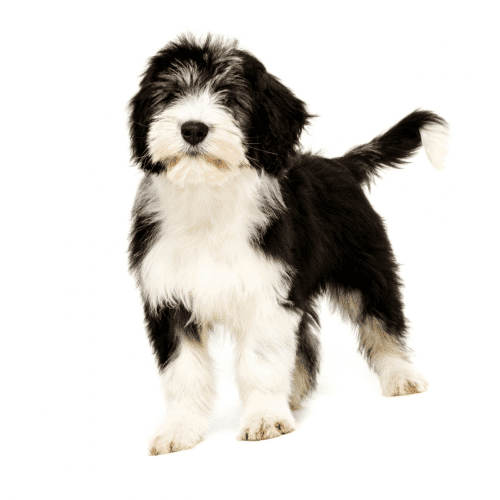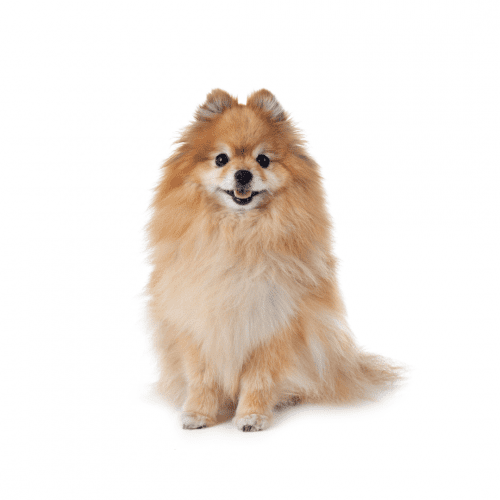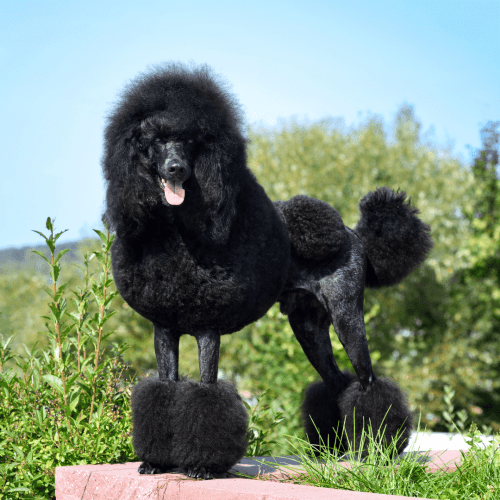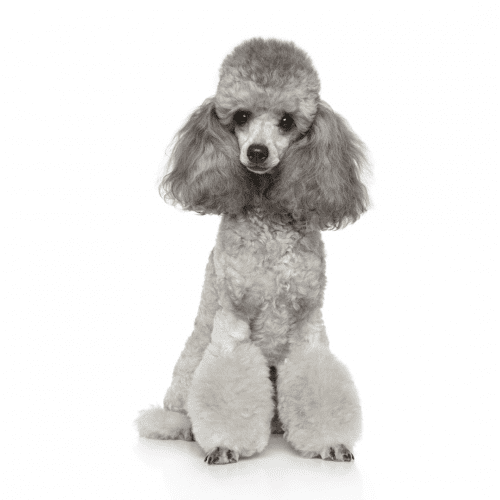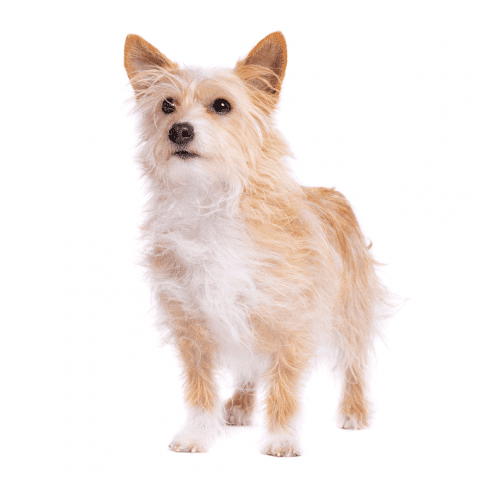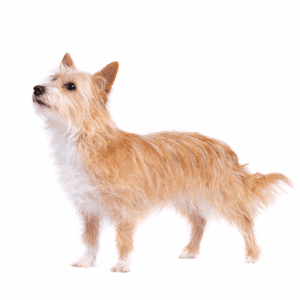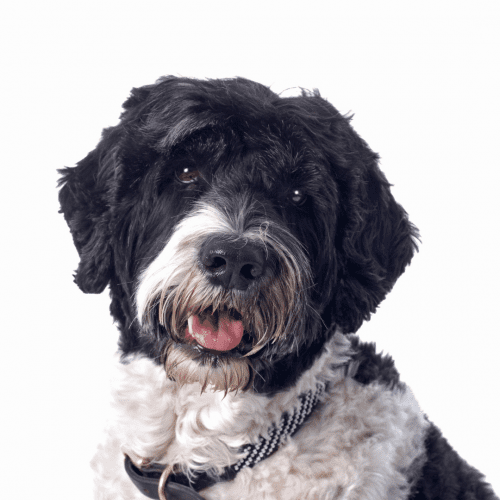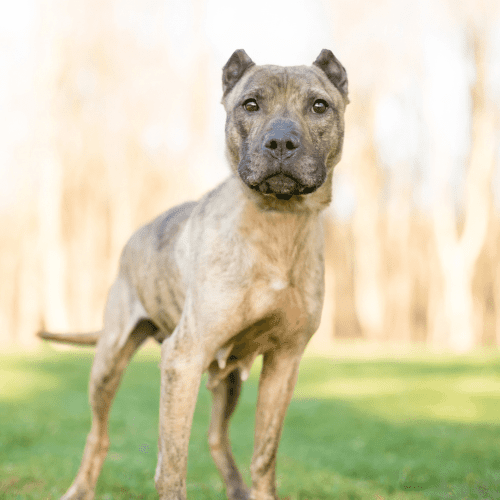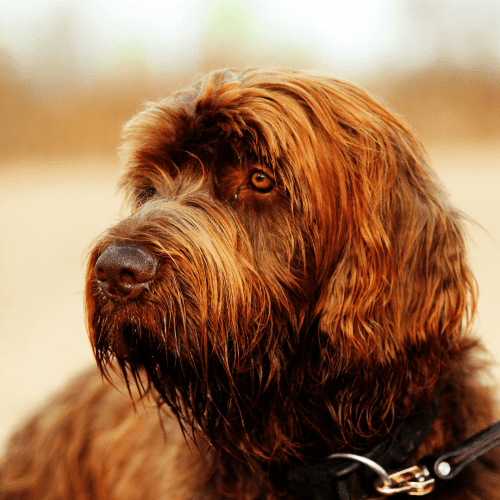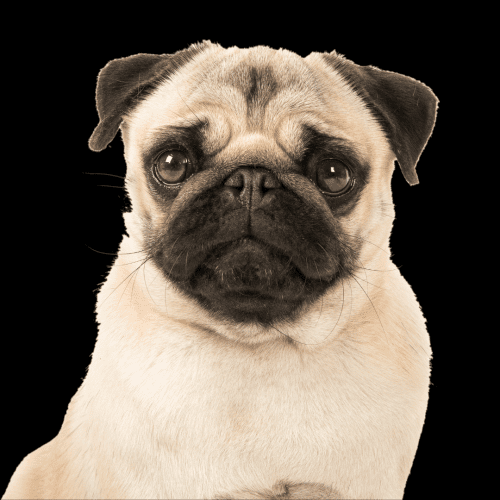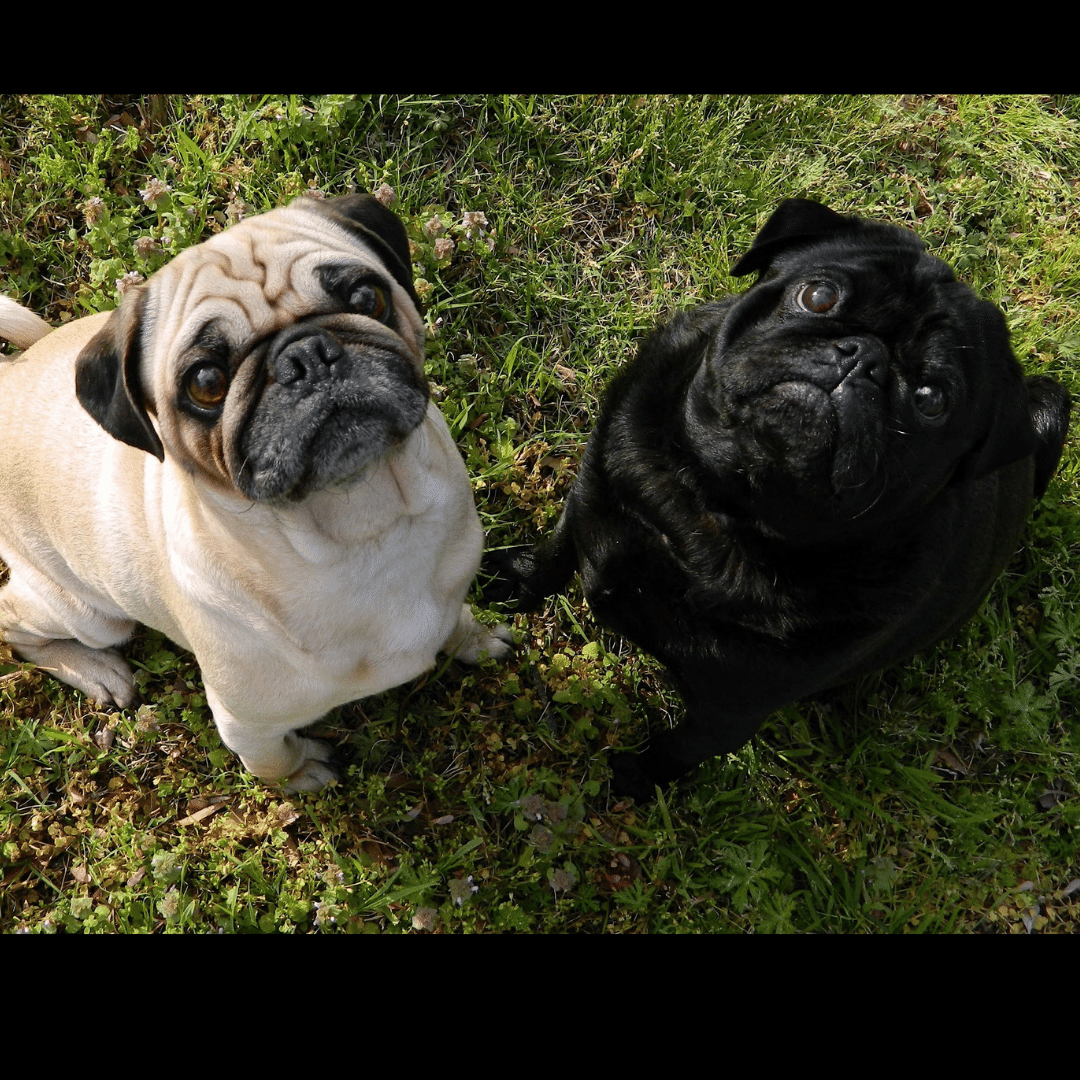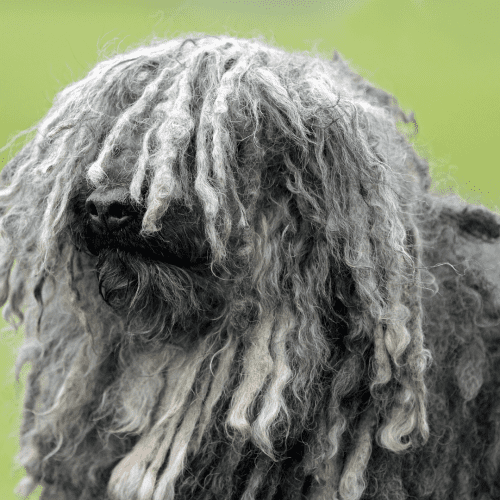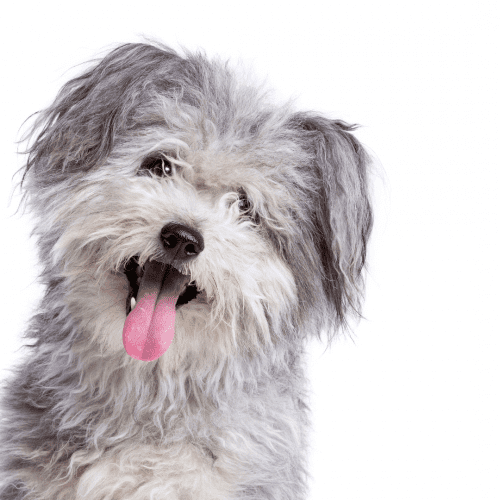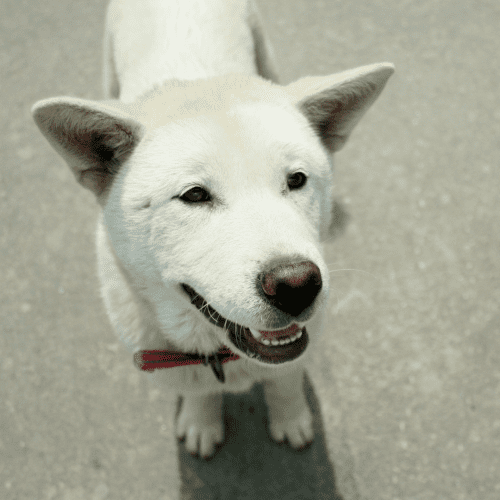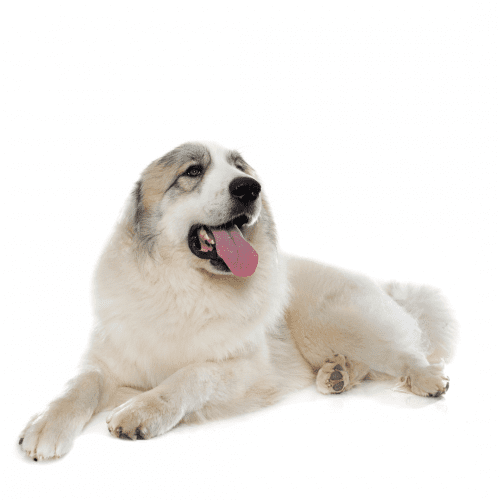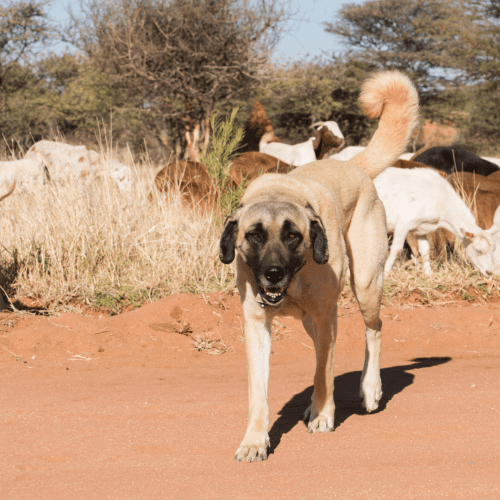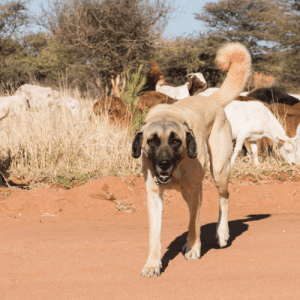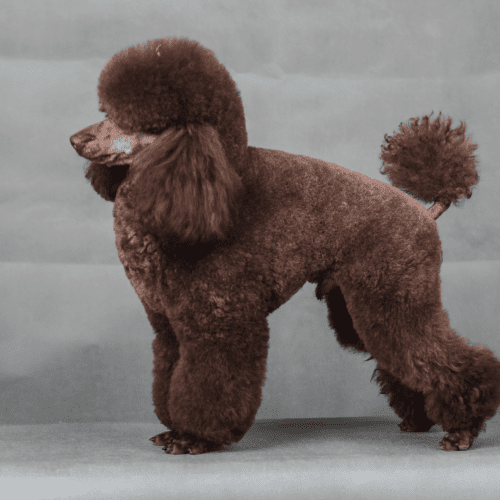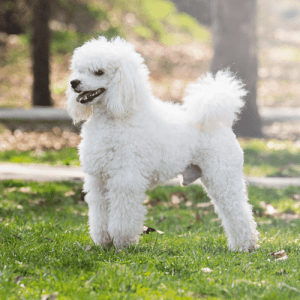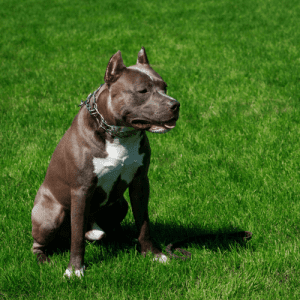
What Is The History Of The American Pit Bull Terrier Dog Breed?
The American Pit Bull Terrier is a dog breed that has a long and storied history. The breed is considered to have originated in England in the 1800s, where they were used for bull-baiting. This cruel sport involved tying a bull to a post and then setting dogs on it, betting on which dog would last the longest. The American Pit Bull Terrier was bred for this purpose, and they were incredibly good at it.
When bull-baiting was outlawed in England in 1835, the sport migrated to America, where it became even more popular. The American Pit Bull Terrier thrived here, as they were well-suited for the task. They quickly became one of the most popular dog breeds in the country.
Today, the American Pit Bull Terrier is no longer used for bull-baiting or fighting. They are now considered one of the most loyal and loving dog breeds.
What Does An American Pit Bull Terrier Dog Look like?
Most American Pit Bull Terrier Dogs have short, stiff hair that is easy to groom. The coat comes in colors such as Black, White, Brindle, Fawn, Tan, Brown, Blue, Grey, and Red. Some might have white markings on the chest, toes, or belly. The coat is dense and weather-resistant. It should be brushed regularly to remove dead hair and keep it looking its best.
How Big Is An Adult American Pit Bull Terrier Dog?
The American Pit Bull Terrier is a medium-sized, short-coated dog. The average weight for males is 35 – 56 pounds, and for females, 31-51 pounds. Males stand 18-21 inches tall at the shoulder, and females 17-20 inches. But, like all breeds, there will be some variation in size within the breed. When choosing a dog of this breed, it is important to take into account the energy level and exercise needs of the individual dog, as well as its size. A larger dog may need more space and exercise than a smaller one.
Are There Other Dog Breeds Related To The American Pit Bull Terrier Dog?
The American Pit Bull Terrier is related to several other breeds of dogs, including the American Staffordshire Terrier, Staffordshire Bull Terrier, Bull Terrier, Miniature Bull Terrier, Boston Terrier, American Bully, Boxer, Cane Corso, Dogue de Bordeaux, English Mastiff, French Bulldog, Olde English Bulldogge, Presa Canario, Pug, and Tosa Inu. These breeds share many similarities with the American Pit Bull Terrier, including their general appearance and temperament.
What Is The Life Expectancy Of A American Pit Bull Terrier Dog?
The average lifespan of an American Pit Bull Terrier is between 8-15 years, while there have been dogs who have lived as longs as 20 years. The breed is generally healthy, but like all dogs, they are susceptible to specific health conditions, such as hip dysplasia, allergies, and skin problems.
Can An American Pit Bull Terrier Dog Be Trained?
An American Pit Bull Terrier Dog can be trained to do a variety of tasks and tricks. They are intelligent dogs and can learn quickly. Some everyday things that American Pit Bull Terrier Dogs can be trained to do include: sit, stay, come, down, shake, roll over, and fetch. With proper training, an American Pit Bull Terrier Dog can be a great pet and companion.
What Are Some Interesting Facts About A American Pit Bull Terrier Dog?
- The American Pit Bull Terrier is a descendant of the British Staffordshire Bull Terrier and was initially bred in England in the early 1800s.
- Pit bulls were brought to the United States by English immigrants and used as working dogs on farms and hunting dogs.
- The American Kennel Club (AKC) recognized the American Pit Bull Terrier in 1936.
- Today, the American Pit Bull Terrier is a popular companion animal known for its loyalty, courage, and tenacity.
- Pit bulls are intelligent, loving, and playful dogs that make great family pets.
- Despite their reputation, pit bulls are not aggressive by nature and are gentle, loving, and devoted to their families.
- Pit bulls are great companions and loving family pets.
How Does An American Pit Bull Terrier Dog Interact With People?
Pit bull terriers are loyal, loving dogs that make great companions. They are also very friendly and outgoing with people and love to play and have fun. Pit bulls are known for their goofy personalities and their ability to make everyone around them smile. These are intelligent dogs that can be easy to train and love to please their owners. Pit bulls are very protective of their family and home and will do anything to keep them safe.

